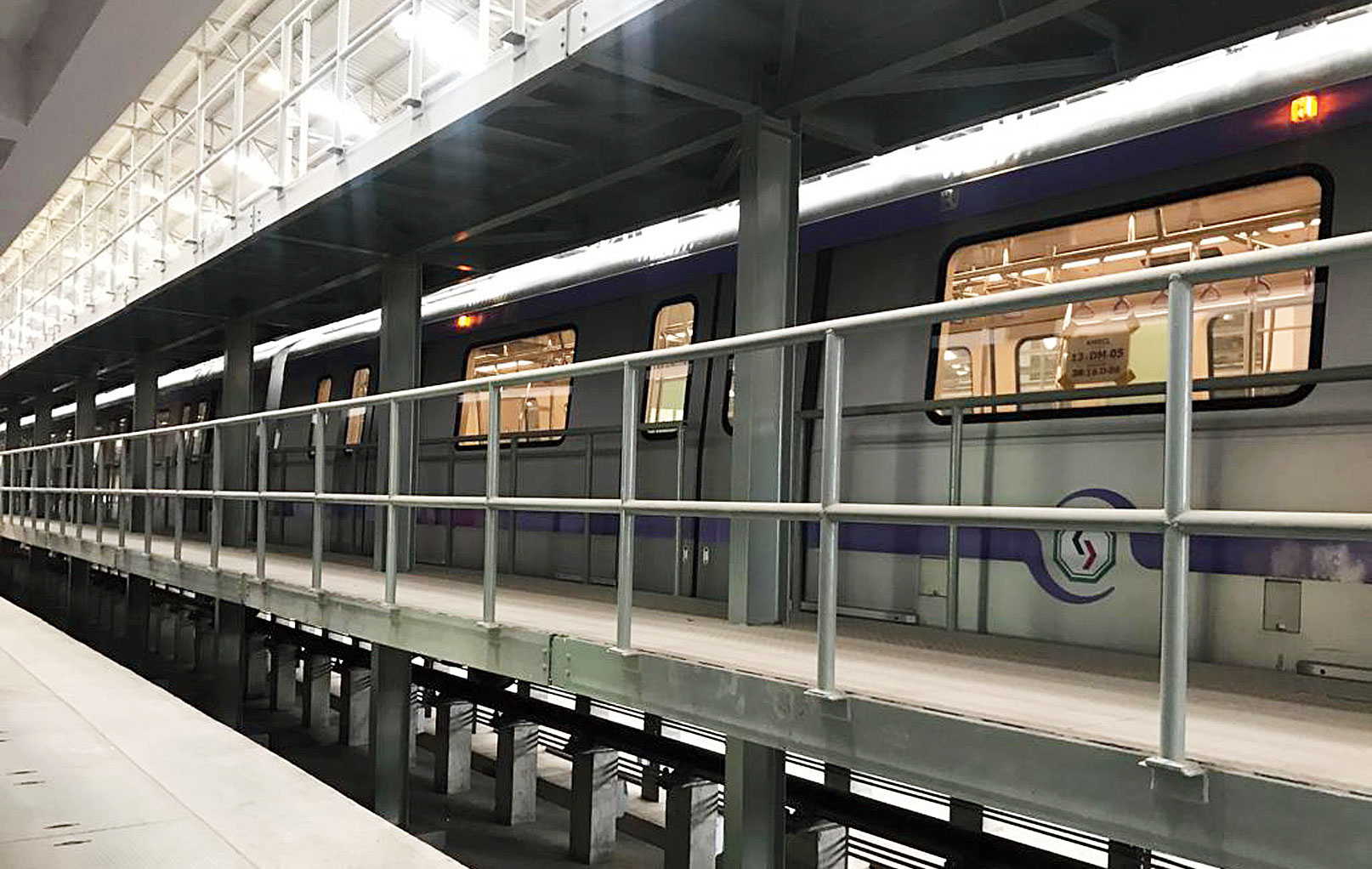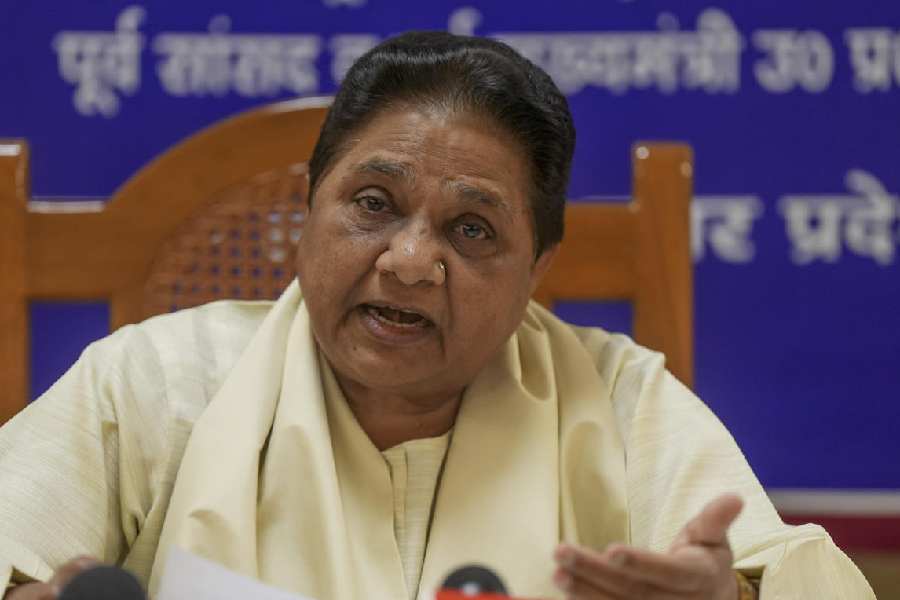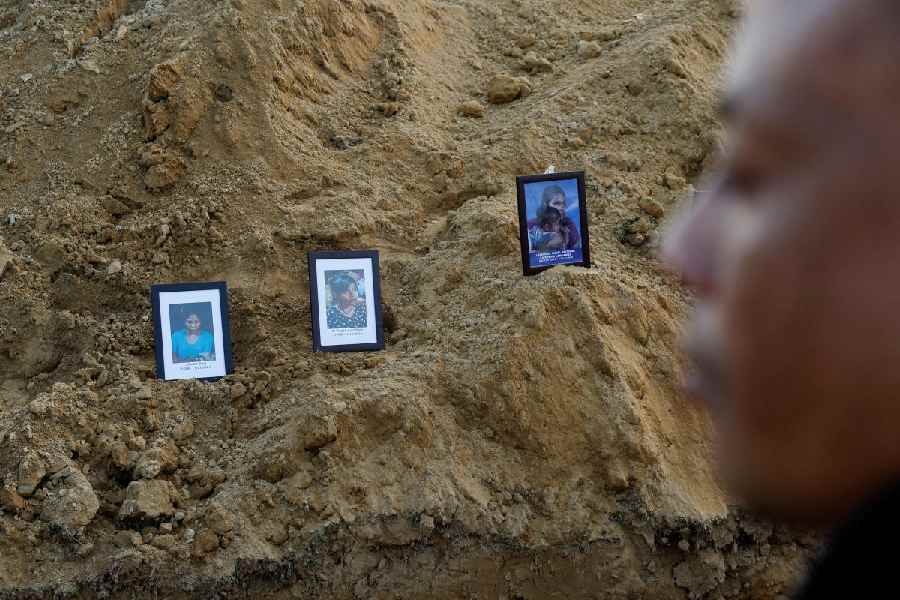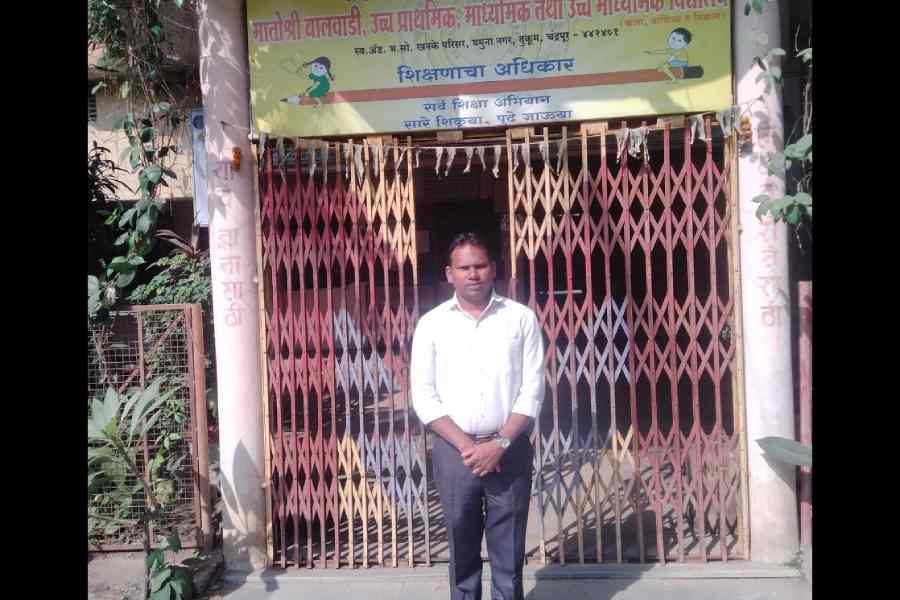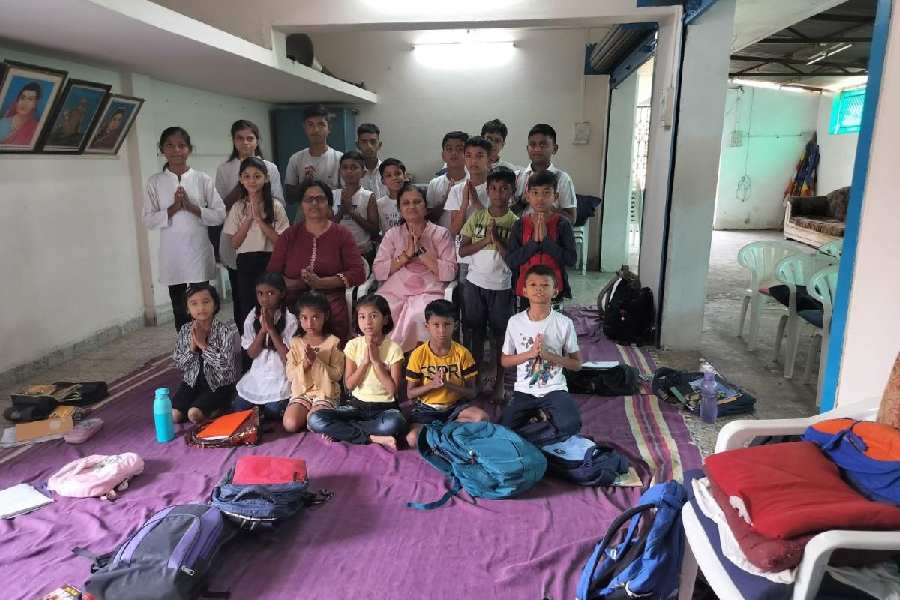East-West Metro will hire around 350 people from an agency to conduct a trial for emergency evacuation.
Railway sources said the Metro authorities had contacted an agency in the business of supplying people for political rallies but later changed their mind and approached an agency that provides personnel to companies.
East-West Metro, when fully functional, will connect Sector V with Howrah Maidan and run under the Hooghly river. In the first phase, likely to be unveiled in June, trains will run between Sector V and the Salt Lake stadium.
“The trial with passengers is part of a mandatory drill, without which the first phase cannot be made operational,” a Metro official said.
“The trial will give us an opportunity to gauge how fast a packed coach can be evacuated if the train is stuck between two stations,”
The East-West Metro rakes, manufactured by the Bangalore-based BEML, have six coaches each. A rake can accommodate 2,078 people.
“It means each coach has the capacity to bear the load of 347 passengers. So, the trial will be conducted by making around 350 board a coach and evacuating them,” the official said. “But getting 350 people for a trial was a huge task.”
East-West Metro officials had first approached a few colleges with the hope that their students would volunteer for the trial.
There were, however, two problems — the inability of the college authorities to ensure that a certain number of students would turn up for the trial and the possibility of the test run clashing with examinations or holidays.
“The trial can only be conducted with a certain number of passengers. Otherwise, the results won’t be accurate. If a section of the students volunteering for the trial fails to turn up, we will have to call off the test run,” the official said.
Another issue the authorities were grappling with was getting the participants insured.
The authorities at one point got in touch with an agency that claimed to provide people for political rallies.
“We never knew such agencies existed. Like any other agency, they would guarantee the presence of a certain number of people at a particular place on a particular day,” another official said.
However, after considering the problem of insurance and other legalities, the railway authorities did not go ahead with the plan and instead decided to hire people from an agency that provides guards and other personnel to various organisations.
“These agencies are known to follow all norms,” the official said.
The concept to conduct a trial with passengers to have an idea about the evacuation time did not exist when the north-south Metro started its commercial run in the early 1980s.
“The practice then was to run rakes loaded with sandbags,” the official said. “The coaches would be loaded with sandbags equal to the weight the train was designed to endure. The idea was to test how a particular rake would run with that weight.”
The sandbag trial is still in vogue. Along with it, the railways have to compulsorily conduct evacuation trial with passengers.
Evacuation proves to be a big problem when a train on the north-south Metro line gets stuck in the tunnel.
In December last year, more than 40 people had to be taken to hospital after a Metro train caught fire in the tunnel between Rabindra Sadan and Maidan stations. Three suffered fractures while trying to jump out.
East-West Metro has a steel platform around one metre-wide, running parallel to the tracks along the entire route, to help evacuation.

